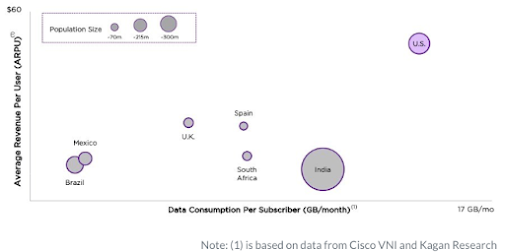Many would argue that since Web 3.0 is the future of the internet, and since blockchain is among the key enablers of Web 3.0, that blockchain is therefore the future of the internet. We might at least agree that blockchain is part of the foundation of the future internet, as we might argue for artificial intelligence, edge computing or the metaverse.
One of the principles of Web 3.0 is that it is more distributed, in terms of ownership of data. That is inherently part of the design of blockchain, so there is a clear logic there. Some proponents of Web 3.0 also tout some other possible advantages, including user ownership of their own data.
Many argue that decentralization will prevent the rise of new gatekeepers that have been a criticized feature of Web 2.0. And this is the tricky part. It remains unclear whether technology decentralization necessarily leads to dispersed power within the ecosystem, or not.
Keep in mind that the internet is, by design, similarly disaggregated. Owners of apps and services do not have to own networks to reach their users or customers. Functions within the ecosystem similarly are disaggregated. The use of layers allows a modular approach to supplying and upgrading functions.
At least in principle, any end user can reach any other end user, so long as that is lawful. But it does not seem likely that new platforms will be prevented from arising. Though any entity can use blockchain, that does not prevent the rise of new platforms, any more than leaders can be prevented from emerging in any industry.
The existence of a public road, rail, airline or other infrastructure does not prevent the emergence of auto, airline or electrical and energy leaders. Blockchain might, in some cases, eliminate “middle man” functions for commerce, content or application supply.
But that disintermediation does not prevent new platforms from emerging. Suppliers will still exist. And some suppliers will gain leadership of markets. Efficiency is the benefit of blockchain: it allows disintermediation.
But disintermediation in no way prevents the rise of powerful platforms. It simply allows greater supplier efficiency. So though some believe Web 3.0 necessarily prevents the rise of centralized power on the internet, some will disagree. In any market, for any product or service, leaders emerge. The databases, currencies and technologies we use do not seem to affect such processes.

